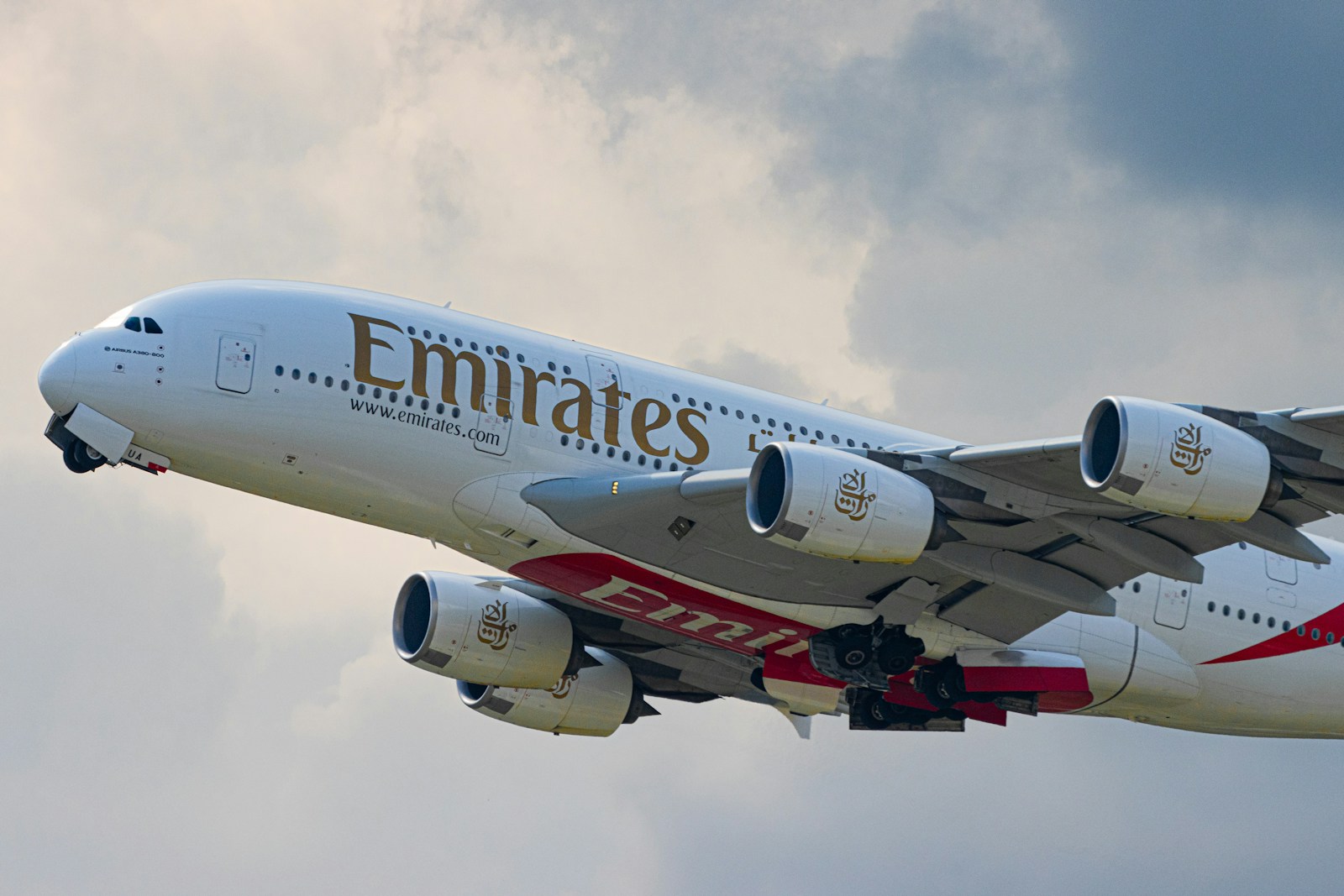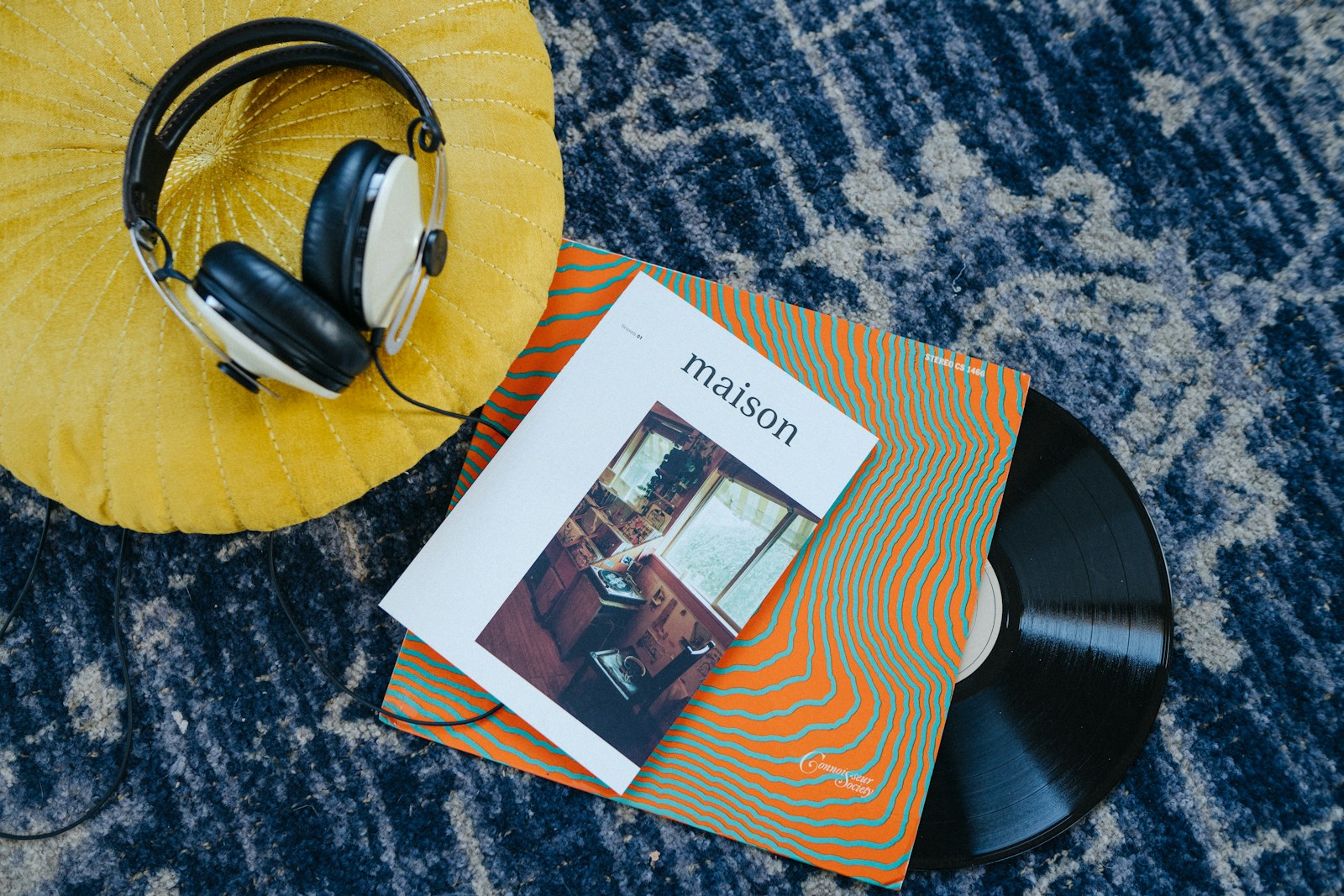A Deep Dive into the Creative Process of Storytelling
The Novelists and Filmmaking journey is a nuanced exploration into the realms of storytelling, where the solitary craft of writing meets the collaborative spectacle of movie production. John le Carré, an esteemed English writer, once articulated a perspective that sheds light on the fundamental differences between these two art forms. He suggested that novelists, when they write, engage in an intimate, multidimensional process of creation that is inherently distinct from the mechanics of filmmaking.
Novelists as Architects of Imagination
At the heart of a novelist’s craft lies the ability to conjure worlds out of words. This process is not merely about plotting a narrative but involves casting characters, setting scenes, and modulating the energy that propels the story forward. A novelist’s work is an invitation to the reader’s imagination, allowing them to fill the gaps, visualize scenes, and empathize with characters in a way that is profoundly personal and unique. This intimate exchange between the author’s words and the reader’s imagination is where the magic of literature truly resides. It underscores the significant role of creative freedom and individual interpretation, aspects that are fundamentally different in the more visually concrete domain of filmmaking.
The Collaborative Nature of Filmmaking
Conversely, filmmaking is an inherently collaborative endeavor that brings together a diverse array of talents and crafts. From directors and actors to set designers and cinematographers, each contributes to the realization of a unified vision. Unlike the solitary act of writing a novel, filmmaking requires the harmonious orchestration of multiple creative inputs. This collective process, while rich in its potential for creativity and innovation, operates within the parameters of a predefined visual and auditory experience. The audience, rather than imagining the characters and settings for themselves, is presented with a specific interpretation that leaves less room for personal imagination.
The Creative Synergy between Writing and Filmmaking
Despite these differences, the transition of narratives from the page to the screen has given birth to some of the most memorable cinematic experiences. This cross-pollination of storytelling mediums highlights the potential for a creative synergy that respects the essence of the written word while embracing the visual and auditory richness of film. Novelists who venture into filmmaking, either through adaptations of their work or as screenwriters, navigate this delicate balance by reimagining their stories within the visual language of cinema. This process is not about diminishing the role of the reader’s imagination but rather expanding the narrative’s reach and impact through a different medium.
The Unique Challenges of Adapting Novels to Screen
Adapting novels into films presents unique challenges that stem from the need to translate internal monologues, complex character developments, and intricate plot lines into a visual narrative. The depth and nuance of a novel’s world must be distilled into a finite timeframe, often requiring significant alterations to fit the cinematic format. This adaptation process is a testament to the creativity and ingenuity of filmmakers and novelists alike, who work to preserve the soul of the written word while crafting a new, visual iteration of the story.
The Role of Imagination in Film
While film offers a visual and auditory narrative, it does not entirely eliminate the role of the viewer’s imagination. The best films, much like the most compelling novels, leave space for interpretation, reflection, and personal connection. They invite viewers to engage with the story beyond what is shown on screen, to ponder motives, to question narratives, and to imagine what might lie beyond the frame. In this way, filmmaking, like novel writing, is an art form that plays with the boundaries of imagination, albeit through different means.
Conclusion: A Celebration of Storytelling in All Its Forms
The discussion on Novelists and Filmmaking is not about privileging one form of storytelling over another but rather recognizing the unique value and beauty of each. John le Carré’s insight into the distinctive processes of writing and filmmaking reminds us of the rich tapestry of human creativity. Whether through the solitary crafting of narratives in novels or the collaborative creation of cinematic worlds, the fundamental goal remains the same: to tell stories that resonate, inspire, and provoke thought. In celebrating the diversity of these creative processes, we embrace the myriad ways stories can be told and experienced.
#Novelists, #Filmmaking, #CreativeProcess, #Storytelling, #JohnLeCarre, #MovieProduction, #Imagination, #Adaptation, #EnglishWriters









